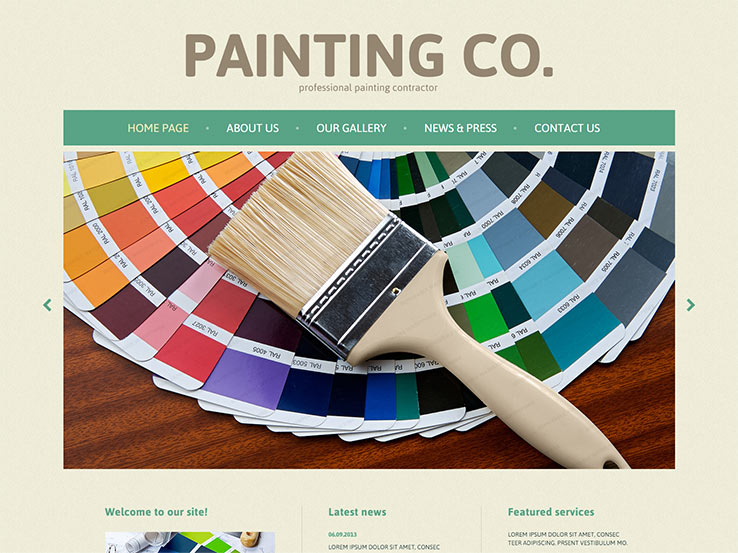Discover The Methods Which Seasonal Aspects Can Influence The Success Of Industrial Outside Paint And Determine The Best Times To Achieve Long Lasting Outcomes For Your Task
Discover The Methods Which Seasonal Aspects Can Influence The Success Of Industrial Outside Paint And Determine The Best Times To Achieve Long Lasting Outcomes For Your Task
Blog Article
Short Article Produced By-Korsholm Rosendal
When you're intending a commercial exterior painting job, seasonal factors can make or break your outcomes. You'll intend to consider exactly how temperature and humidity influence paint application and drying out times. Selecting the ideal season can guarantee your paint adheres correctly and lasts much longer. Yet which periods are really the very best for this kind of job? Allow's discover the key elements that can impact your task's success.
The Influence of Temperature Level on Paint Application
When you're intending an industrial exterior painting task, the temperature can significantly affect exactly how well the paint sticks and dries out.
Preferably, you wish to repaint when temperatures vary in between 50 ° F and 85 ° F. If it's too chilly, the paint might not cure effectively, leading to concerns like peeling off or fracturing.
On the other side, if it's also warm, the paint can dry out too quickly, preventing appropriate adhesion and causing an uneven coating.
You should additionally consider the time of day; early morning or late afternoon provides cooler temperature levels, which can be much more favorable.
Always inspect painting contractor for the certain paint you're making use of, as they typically provide support on the optimal temperature level range for optimum outcomes.
Humidity and Its Result on Drying Times
Temperature level isn't the only ecological aspect that influences your business external paint project; moisture plays a significant function as well. High moisture degrees can decrease drying times dramatically, influencing the total quality of your paint task.
When the air is saturated with wetness, the paint takes longer to cure, which can result in problems like bad attachment and a higher threat of mildew development. If you're painting on an especially damp day, be gotten ready for extensive wait times between coats.
It's essential to monitor neighborhood weather conditions and plan appropriately. Ideally, go for moisture degrees in between 40% and 70% for optimum drying.
Maintaining these consider mind ensures your project stays on track and provides a lasting coating.
Best Seasons for Commercial Exterior Paint Projects
What's the most effective time of year for your commercial exterior painting projects?
Springtime and early loss are commonly your best bets. Throughout these periods, temperatures are moderate, and humidity levels are usually lower, producing suitable conditions for paint application and drying.
Stay clear of summer season's intense heat, which can cause paint to completely dry too quickly, bring about inadequate adhesion and coating. Similarly, winter's chilly temperature levels can prevent appropriate drying and treating, taking the chance of the durability of your paint job.
Aim for days with temperatures between 50 ° F and 85 ° F for optimal results. Keep in impressions group homes reviews to examine the neighborhood weather forecast for rain, as wet problems can spoil your job.
Preparation around these variables guarantees your painting job runs efficiently and lasts longer.
Final thought
In conclusion, planning your industrial outside painting jobs around seasonal factors to consider can make a considerable distinction in the outcome. By organizing job throughout the optimal temperatures and moisture degrees, you'll make sure better bond and drying out times. Bear in mind to watch on local weather prediction and select the correct time of year-- spring and very early fall are your best choices. Taking these actions will certainly aid you attain a durable and professional coating that lasts.
